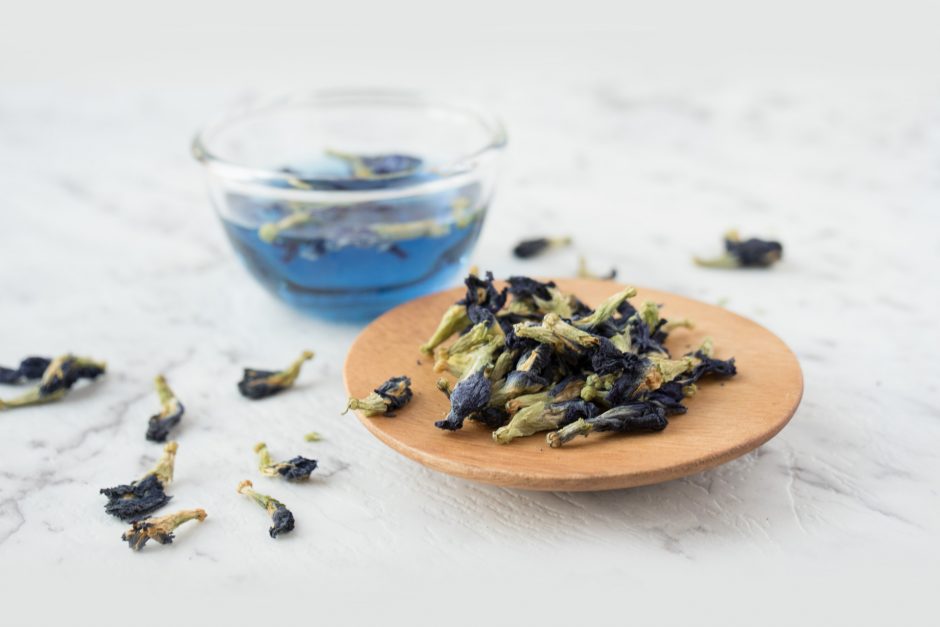Perk Up with 6 Tasteful Malaysian Drinks
Lighten your mood and rejuvenate your senses with 6 must-try Malaysian drinks!
Discover the authentic in Asian cuisine food

The blue butterfly blue pea flower has started taking menus in Australia by storm. Also known as pigeon wings, butterfly pea flower and with a scientific name that sounds awkwardly…anatomical, this fab little flower is a natural food dye and has been linked with some pretty great health benefits.
Native to Southeast Asia, the flowers grow on a vine or creeper and flowers all year round. The flowers are truly striking – a vivid, deep blue with soft yellow markings, growing about 4cm in length and about 3 cm wide. The vine also produces seed pods that resemble long beans.
It’s used as a revegetation plant in Australia, often in old mines and quarries where the land has been cleared and deeply scarred. It’s hardy and low maintenance and can flourish in a variety of conditions, plus the seeds and flowers provide fodder for the local wildlife.
Officially a perennial herbaceous legume, the blue butterfly pea flower has become a popular item on trendy café menus in recent times but has been used throughout Asia for generations. Malays use it to colour glutinous rice, Thais make a syrupy blue drink called nam dok anchan, and the Burmese dip the flowers in batter and fry them. The flowers are incredibly popular with tea drinkers. The little blue flowers add a wonderful colour to whatever they’re added to, even changing colour to a deep purple if lemon juice is added.
The modern uses for these fantastic flowers include blue lattes and colour-changing gin. Blue in the bottle, the gin turns pink when tonic water or another carbonated mixer is used.
What is even more enthralling about this periwinkle bloom is that, like green tea, it is rich in antioxidants and there have been studies showcasing its anti-ageing abilities as well as its ability to fight against and reduce inflammation and as a natural method of pain relief. The roots, leaves and stems of the blue butterfly pea have been frequently used in Chinese and Ayurvedic medicine and were thought to have a wide range of health benefits including being a brain booster and good for your eye health and natural support to the digestive, circulatory and central nervous systems.
So if you can track some of these fantastic flowers down we strongly recommend giving them a try. You can dry fresh flowers and store them for year-round use as well. Curious about how you can use these pretty flowers? Read on.

Lighten your mood and rejuvenate your senses with 6 must-try Malaysian drinks!

Pair your hearty barbecues with these refreshing Asian delights!

What are the properties of ginger, and how to pick, store and use ginger in your cooking? Find out here!